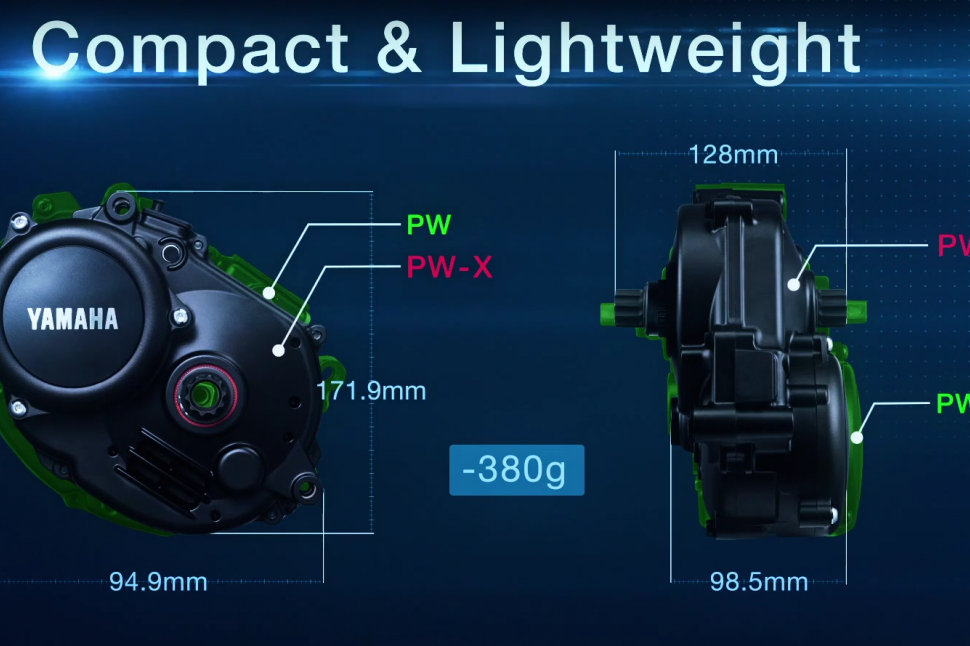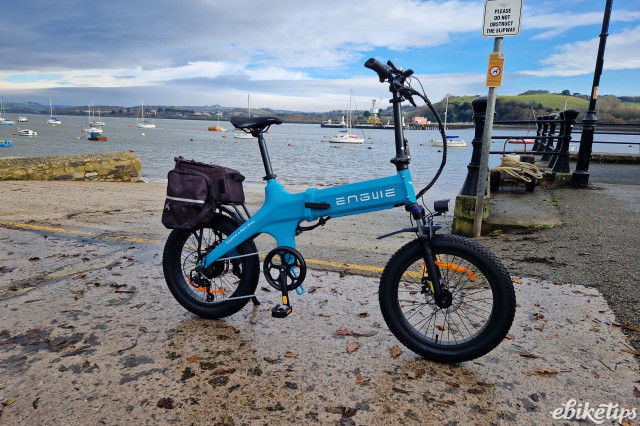Yamaha have been supplying mid motor units for electic bikes for a number of years; Giant's SyncDrive is based around a Yamaha motor and other manufacturers such as Haibike also have Yamaha-equipped bikes in their ranges. The Japanese manufacturer has announced a new motor unit, the PW-X, to sit alongside the current PW model
Smaller for the same power
The new PW-X motor is 380g lighter than the current PW. That's a significant saving. As well as being lighter, it's smaller too.
Yamaha claim a 13% reduction in volume; that saving is made by the unit being neither as deep nor as wide as its predecessor. Yahama have moved from a square taper axle to the more commonly used ISIS standard, and they've adopted the 128mm axle length that's a favourite on mountain bikes.
In spite of the reduction in size and weight the PW-X unit is no less powerful than its predecessor, putting out a similar maximum torque to the current unit.
Improved pickup and better cadence curve
Yamaha have updated the drive engagement on the PW-X, moving to a 4-pawl system from a 2-pawl one. The pawls are in pais and offset, so one pair is in contact. They've also increased the number of engagement points on the ratchet. Both of those things together mean that the new drive offers much quicker engagement when you step on the pedals.
Yamaha have also been working on the power curve of the new unit. One of the criticisms of Yamaha motors in the past has been how quickly the power drops off at high cadence. The PW-X increases the maximum cadence for power assist to well over the current 100RPM limit and also flattens out the curve for more assistance all the way up. There's an extra power mode at the top end, Extra Power, which is designed for the most difficult and technical climbing. That makes five modes in all: Eco+, Eco, Standard, High and EXPW. There's a new ruggedised display to show you what mode you're in and a redesigned thumb controller for on-the-fly changes.
Yamaha have also updated their batteries, offering a new 500Wh unit in line with the likes of Bosch and Shimano. If you already have a Yamaha-equipped bike the new battery is backwards-compatible.
Expect to see the Yamaha motor on plenty of bikes in 2017; Haibike have already announced that they'll be using it and others are sure to launch soon.








